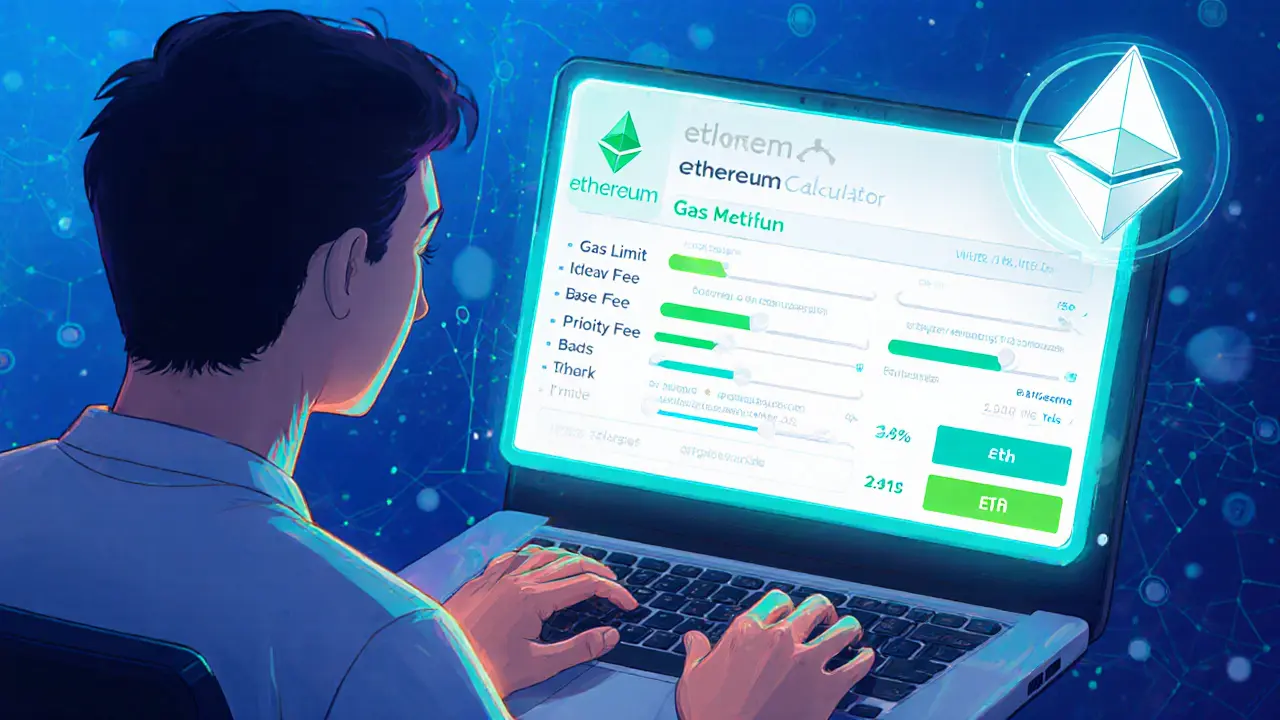When looking at Solana fees, the amount of SOL you pay for each transaction on the Solana blockchain, usually measured in fractions of a cent. Also known as SOL transaction costs, they reflect how the network handles load and rewards validators. In plain terms, a fee is what you hand over to keep the chain moving. It isn’t a fixed price; it flexes with demand, much like a ride‑share surge.
One of the most useful side‑kicks for anyone dealing with Solana fees is a transaction fee estimation tool, software that predicts the cost of a move before you send it, using real‑time network data. These tools read the current load, spot how many signatures a transaction needs, and suggest the optimal fee tier. By running a quick check, you avoid overpaying when the network is idle, and you also get a warning if a spike is about to hit.
Understanding fee estimation builds a direct link: Solana fees depend on network load. When congestion rises, the estimator nudges you up; when traffic eases, it nudges you down. That simple feedback loop keeps your wallet from bleeding SOL needlessly.
Another piece of the puzzle is validator rewards, the portion of fees that goes to the nodes securing the network. Validators earn a slice of every fee they process, so higher fees can mean higher payouts for them. This relationship creates a subtle incentive: when validators see higher rewards, they may prioritize busy periods, which in turn can push fees up a bit. Knowing this helps you anticipate fee trends during busy events like token launches.
Beyond the technical side, DeFi applications on Solana, platforms such as Serum, Raydium, and Orca that execute dozens of trades per second generate a lot of tiny transactions. Their collective activity is a major driver of fee pressure. If you’re swapping tokens or providing liquidity, the fee you see is often a snapshot of that broader ecosystem’s demand.
Finally, keep an eye on network congestion, the moment when many users try to transact at once, causing the fee market to tighten. Congestion spikes after major news, NFT drops, or airdrop claims. During those windows, even a normally cheap transaction can feel pricey. By timing your moves outside peak windows, you can cut costs dramatically.
All these pieces—fee estimators, validator rewards, DeFi traffic, and congestion—form a network of cause and effect that defines what you actually pay on Solana. Below you’ll find a curated set of articles that break down each factor, compare tools, and share real‑world tips so you can keep your SOL spending in check.

A 2025 deep dive comparing Ethereum gas fees to other blockchain costs, covering fee formulas, Layer2 impact, practical savings tips, and future outlook.